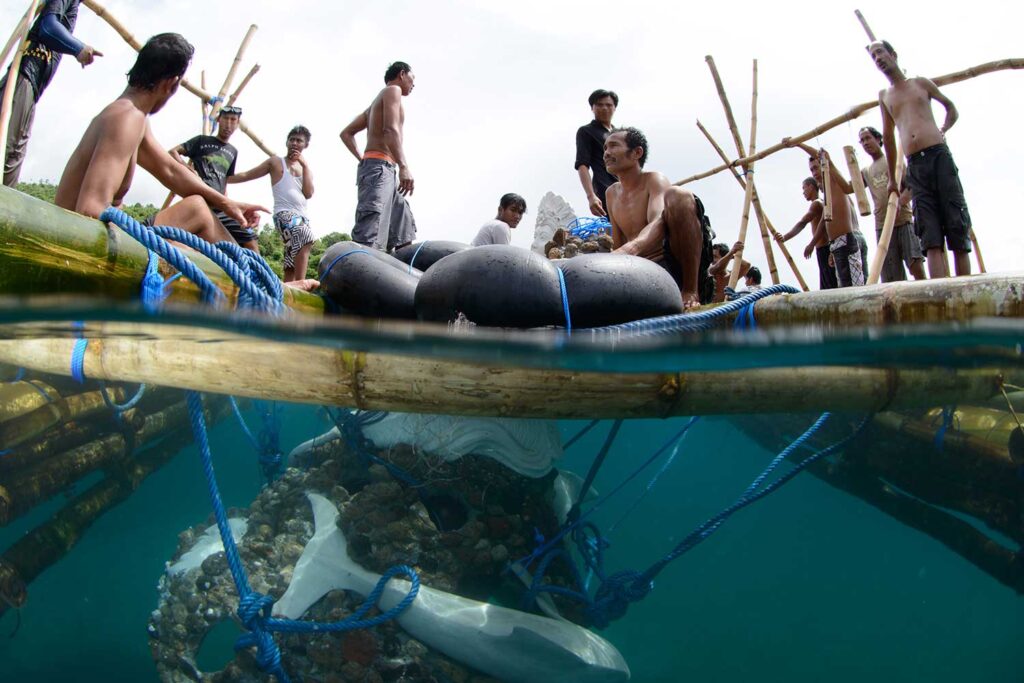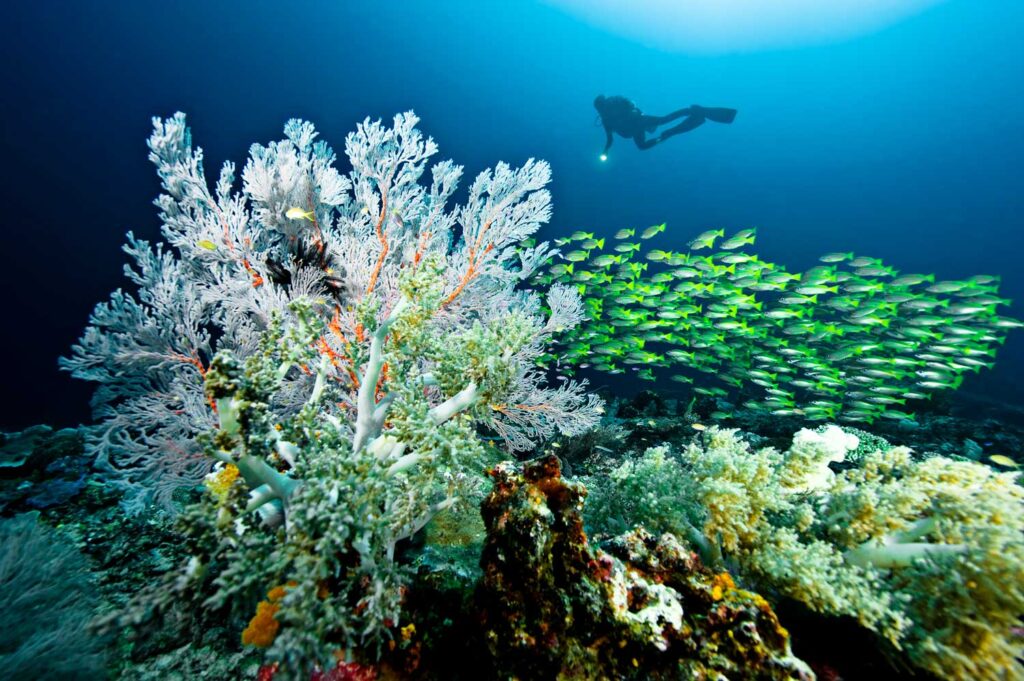By now, you’ve heard CORAL is in growth mode, and we’re determined to make our expansion meaningful and lasting. Our team is going to great lengths to figure out exactly where we’ll go next. And it goes far beyond spinning a globe and picking a spot at random.
I sat down with our Strategic Impact Director, Kristin Sherwood, who is the lead behind what we call “Snapshot Assessments,” to unpack what really goes into scouting new locations. These snapshots are the first step in deciding where CORAL can make the biggest impact, and they’re shaping how we grow for the long term.
What Snapshot Assessments Really Are
Think of a snapshot assessment as our first look at a new place. It’s part science, part listening, and part feasibility check. “It’s how we make sure we’re showing up where we’re truly needed, and where we can build strong, lasting partnerships,” Kristin explained.
Each snapshot digs into four essentials:
- Ecological value – Does the reef system have unique biodiversity, connectivity, or resilience that makes it a global priority?
- Local interest and capacity – Are there community organizations, NGOs, or government partners already working on reef health who want to collaborate?
- Relevant needs – Do the threats match CORAL’s strengths, like tackling water pollution or improving marine protected area (MPA) management?
- Funding potential – Can we secure the donor support needed to launch and sustain impactful projects?
If those pieces fall into place, the snapshot tells us this is a place where CORAL can truly add value.
How the Process Works
Snapshots start with people.
We bring in consultants who already know the region deeply. They speak with a handful of key local and regional informants (community leaders, fishers, scientists, NGOs, and government representatives) to get a realistic picture of what’s happening on the ground.
From there, we combine these insights with desktop research on reef health, governance frameworks, and conservation history. “We’re looking at both the ecological side and the social side,” Kristin said. “It’s not just about reef maps and biodiversity. It’s about whether the human systems are in place to make conservation succeed.”
The result is a feasibility profile, including where the opportunities are, where the risks lie, and whether CORAL’s model would fit.
From Snapshots to New Sites
Snapshots helped us narrow down a long list of potential countries into a short list of five. From there, we choose one or more new locations where CORAL will launch work.
But we don’t stop at single locations. Each new location plugs into a regional hub. This hub serves as a structure that strengthens connections between locations, fuels cross-learning, and amplifies influence at national and regional levels. Hubs let us scale beyond individual projects, linking local success to larger conservation outcomes.
Read more about our hub model in our strategic plan >
Why Snapshot Assessments Matter
Taking time for snapshots may seem time-consuming, but it’s what ensures CORAL’s growth is intentional. They help us avoid missteps, like entering places with conflict, government resistance, or an overcrowding of NGOs, and instead focus where our unique strengths can have the most impact.
“Snapshots are about making intentional choices, ensuring we enter places where CORAL’s partnerships and strengths can create the greatest impact for reefs and communities,” Kristin told me. “They help us find the right fit.”

By starting with snapshots, we’re not just choosing new places on a map; we’re choosing new people, new partnerships, and new possibilities for reefs and communities to thrive together.
Beyond Our Next Hub
Right now, we’re exploring five potential places to grow: the Coral Triangle (Indonesia and the Philippines), the Eastern Caribbean (St. Lucia and neighboring islands), the Southwest Caribbean (Colombia), and East Africa (Kenya, Tanzania, and the Comoros Islands). Looking ahead to next year, we’ll also be considering additional locations in the central and south Pacific.
But these won’t be the last five we’ll explore. Our expansion isn’t about picking a single “winner” and walking away. It’s about creating a portfolio of places where CORAL can bring lasting value. Starting in 2026, our goal is to invest deeply in one of these regions while continuing to build across others. Some sites may call for a more place-based approach, while others will benefit from capacity strengthening at a regional level, especially around wastewater and climate adaptation initiatives.
This framework gives us room to adapt as we grow. Each new site adds strength to the whole, creating an alliance of reefs and communities that will only continue to expand in the years ahead.

Don’t Miss the Announcement
We’re announcing our newest hub on November 12th, and you won’t want to miss it.
Be the first to hear where CORAL is expanding by signing up for our early access list today!



